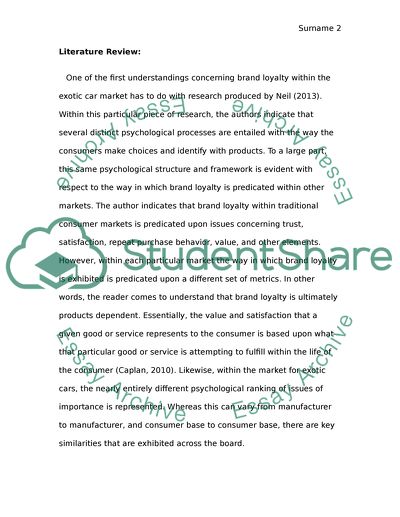Cite this document
(“Loyalty in the exotic car market Assignment Example | Topics and Well Written Essays - 2500 words”, n.d.)
Loyalty in the exotic car market Assignment Example | Topics and Well Written Essays - 2500 words. Retrieved from https://studentshare.org/marketing/1661890-loyalty-in-the-exotic-car-market
Loyalty in the exotic car market Assignment Example | Topics and Well Written Essays - 2500 words. Retrieved from https://studentshare.org/marketing/1661890-loyalty-in-the-exotic-car-market
(Loyalty in the Exotic Car Market Assignment Example | Topics and Well Written Essays - 2500 Words)
Loyalty in the Exotic Car Market Assignment Example | Topics and Well Written Essays - 2500 Words. https://studentshare.org/marketing/1661890-loyalty-in-the-exotic-car-market.
Loyalty in the Exotic Car Market Assignment Example | Topics and Well Written Essays - 2500 Words. https://studentshare.org/marketing/1661890-loyalty-in-the-exotic-car-market.
“Loyalty in the Exotic Car Market Assignment Example | Topics and Well Written Essays - 2500 Words”, n.d. https://studentshare.org/marketing/1661890-loyalty-in-the-exotic-car-market.


